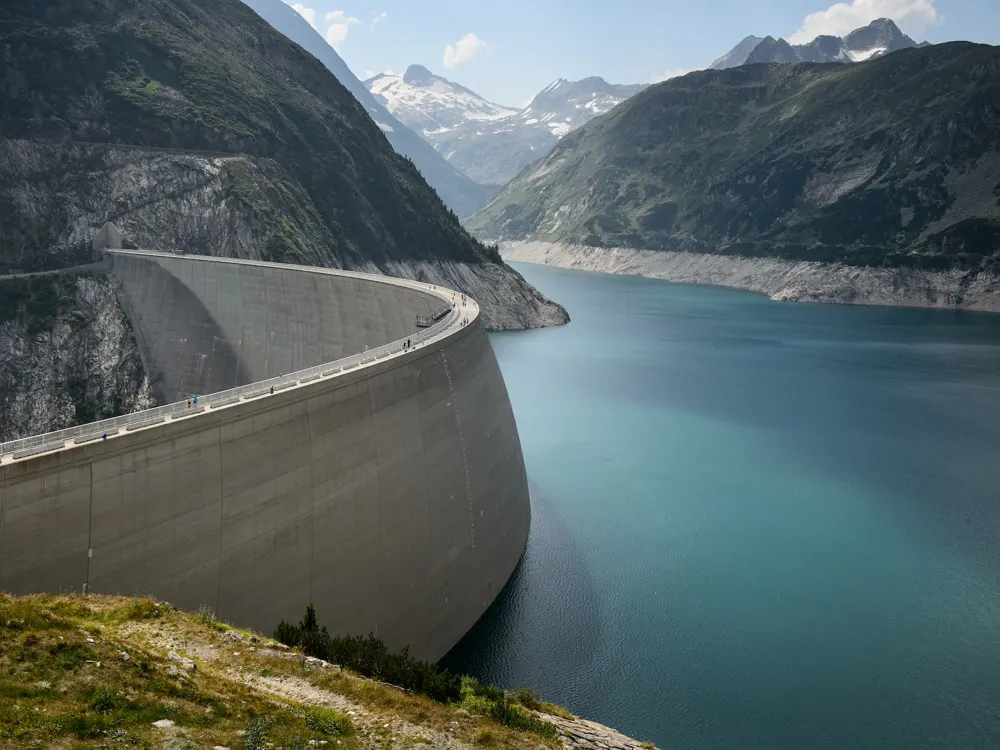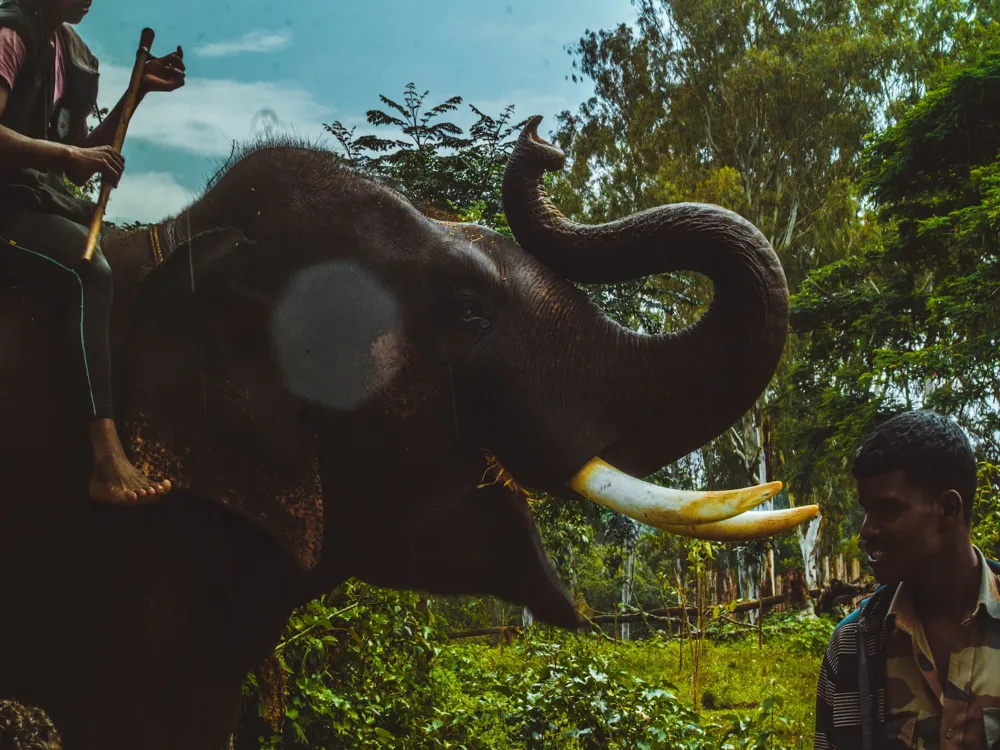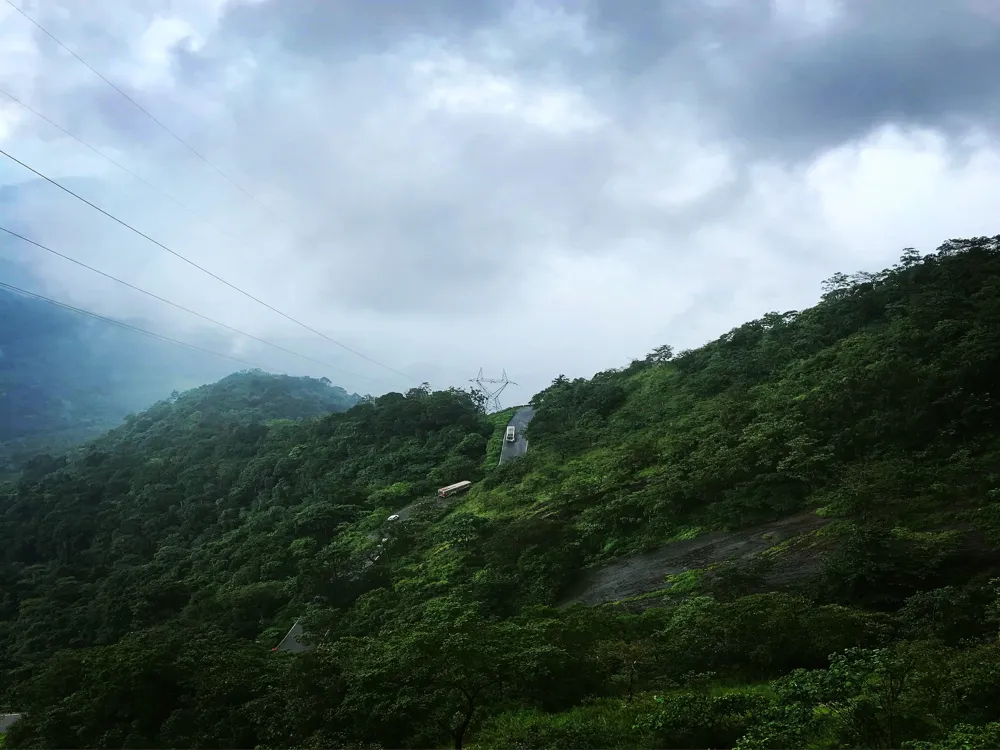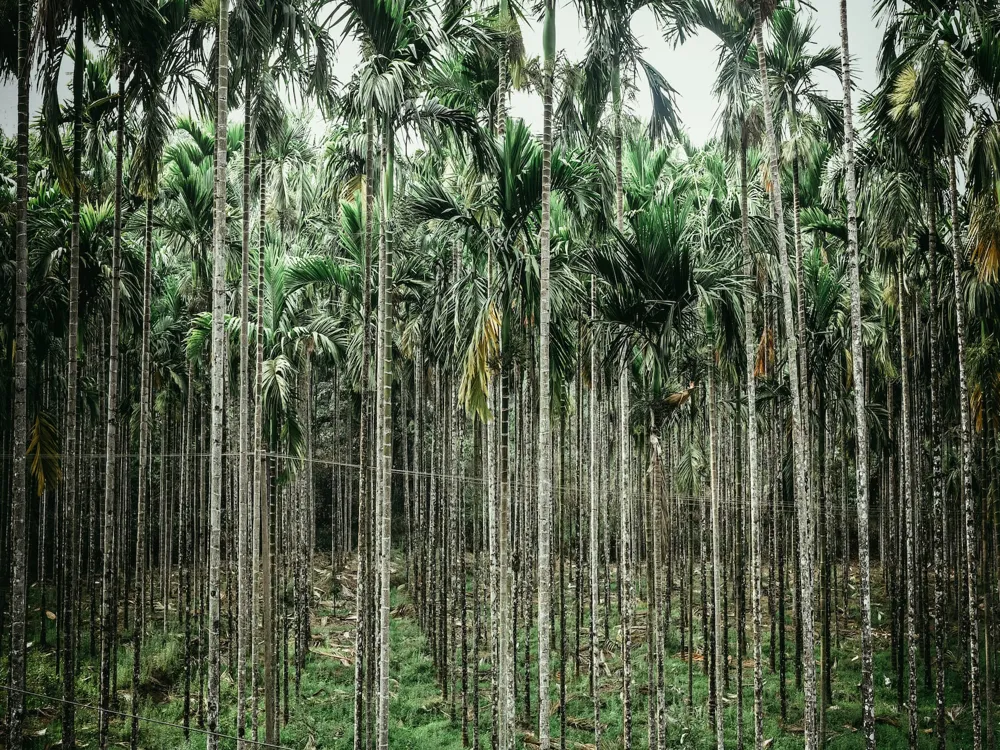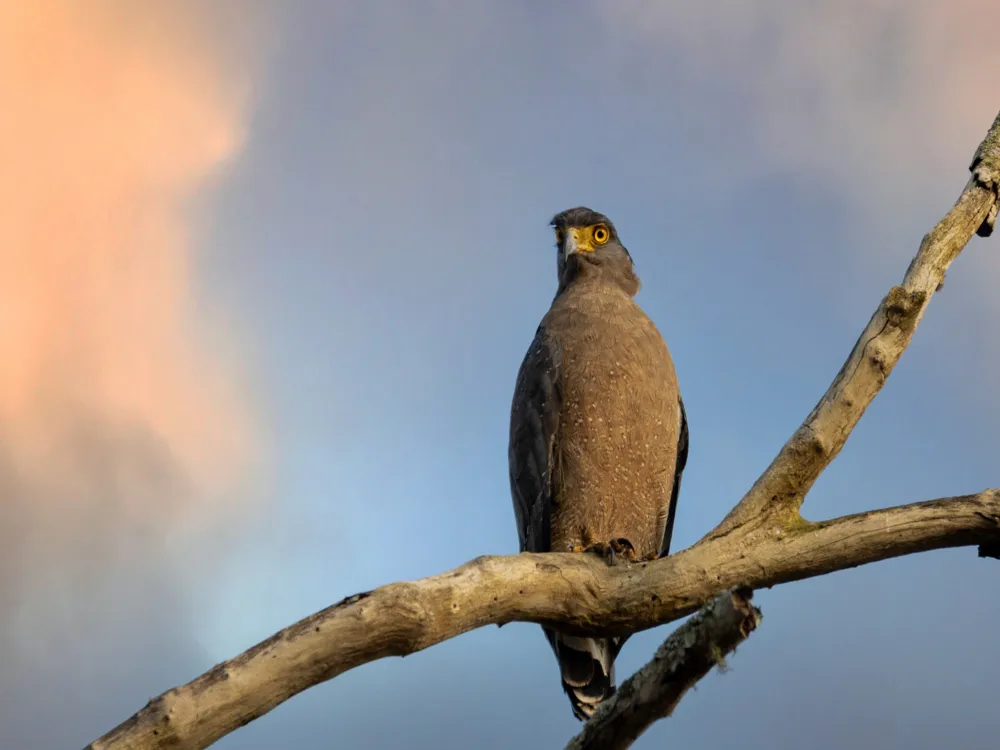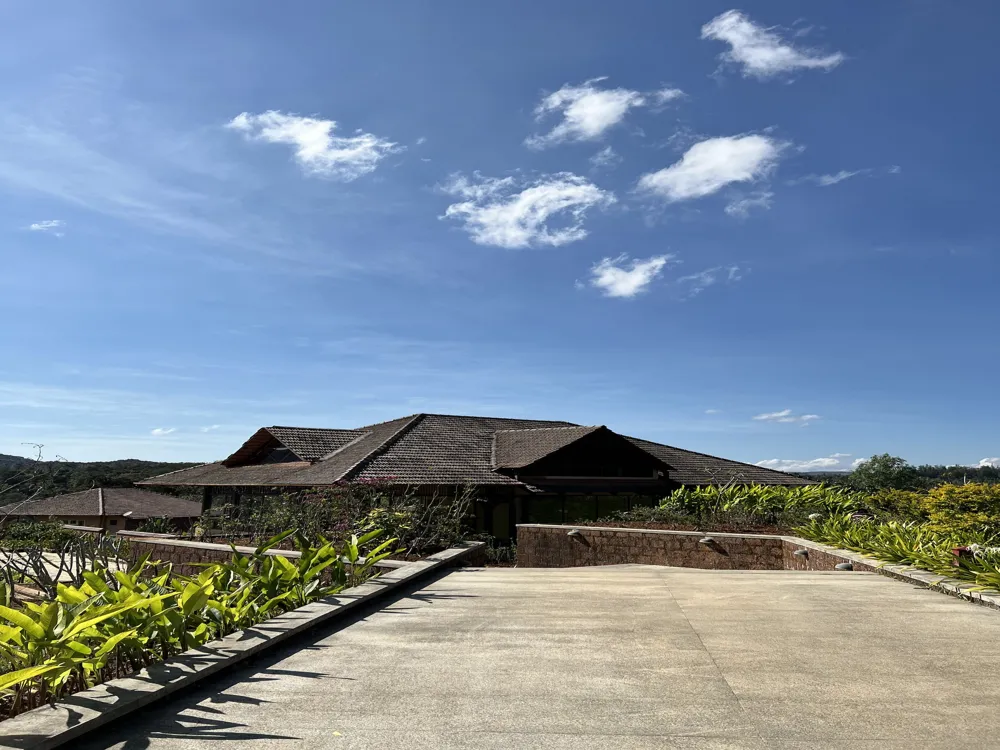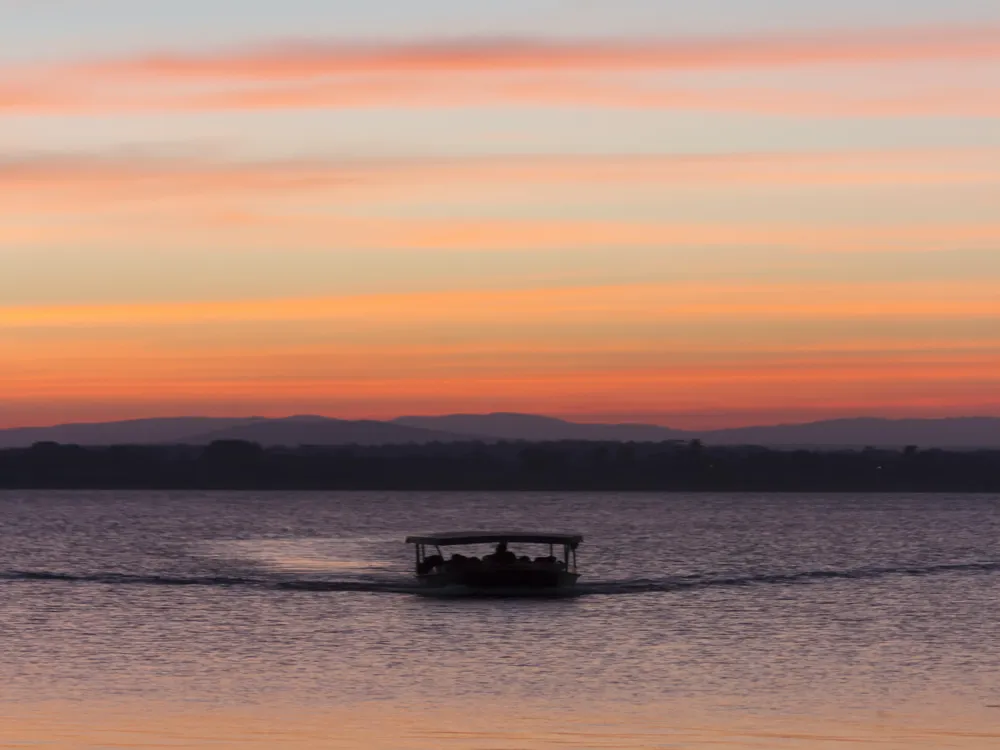Nestled in the lush landscapes of Dubare in Karnataka, the Harangi Dam stands as a testament to human engineering and natural beauty. This dam, a crucial part of the region's infrastructure, plays a pivotal role in irrigation and water supply. Constructed over the Harangi River, a tributary of the Kaveri, it is not just a functional structure but also a popular tourist attraction, thanks to its scenic surroundings and the rich flora and fauna of the area. The dam's location near the Dubare Elephant Camp adds to its allure, making it a perfect blend of natural wonder and man-made marvel. The Harangi Dam's history dates back to [Year of Construction], when it was built to address the water needs of the region. Since then, it has been a lifeline for the local communities, supporting agriculture and providing drinking water. The dam's catchment area covers an extensive region, receiving rainfall during the monsoon season, which contributes to the reservoir's water levels. The dam not only serves practical purposes but also plays a vital role in the local ecosystem, supporting a variety of wildlife and maintaining the ecological balance of the region. The architecture of Harangi Dam is a marvel in itself, showcasing engineering prowess and aesthetic design. Built with advanced construction techniques of its time, the dam features a unique structural design that efficiently manages the flow and storage of water. The main dam, constructed with concrete and other durable materials, is designed to withstand the pressures of large volumes of water and the seasonal variations in water levels. The spillway section is an engineering feat, allowing controlled release of water, especially during the peak monsoon season, thus preventing flooding downstream. The architectural design of Harangi Dam also incorporates safety and maintenance features. It includes state-of-the-art monitoring systems to keep track of water levels, structural integrity, and environmental conditions. This ensures the dam's longevity and safety for both the people living in its vicinity and the visitors who come to admire its grandeur. Moreover, the design seamlessly blends with the natural surroundings, minimizing the environmental impact and preserving the beauty of the Dubare region. The ideal time to visit Harangi Dam is during the monsoon season, from July to September, when the reservoir is at its fullest and the surrounding greenery is lush. However, visitors should check local weather conditions and dam opening times before planning their trip. Visitors should adhere to safety guidelines, such as staying within designated areas, not venturing close to the water during high flow periods, and following any instructions from the local authorities or dam management. There are several accommodation options near Harangi Dam, ranging from budget stays to luxury resorts. Booking in advance, especially during peak season, is advisable. Harangi Dam is accessible by various means of transport. The nearest major city is Mysore, which is well-connected by road and rail. From Mysore, visitors can hire taxis or take buses to reach the dam. The nearest airport is in Bangalore, from where one can travel to Mysore and then proceed to Harangi Dam. For those driving, the dam is well-connected through a network of highways and local roads, offering a scenic drive through the countryside of Karnataka. Read MoreOverview of Harangi Dam, Dubare, Karnataka
Architecture of Harangi Dam
Tips When Visiting Harangi Dam
Best Time to Visit
Safety Guidelines
Accommodation Options
How To Reach Harangi Dam
Harangi Dam
Dubare
Karnataka
NaN onwards
View dubare Packages
Weather :
Label : Must Visit
Tags : Dam
Timings : 8:00 AM - 6:00 PM, Daily
Time Required : Less than 1 hour
Entry Fee : Adults - INR 10
Children - INR 5
Parking Available : Yes
Wheelchair Accessible : Yes
Planning a Trip? Ask Your Question
Dubare Travel Packages
View All Packages For Dubare
Top Hotel Collections for Dubare

Private Pool

Luxury Hotels

5-Star Hotels

Pet Friendly
Top Hotels Near Dubare
Other Top Ranking Places In Dubare
View All Places To Visit In dubare
View dubare Packages
Weather :
Label : Must Visit
Tags : Dam
Timings : 8:00 AM - 6:00 PM, Daily
Time Required : Less than 1 hour
Entry Fee : Adults - INR 10
Children - INR 5
Parking Available : Yes
Wheelchair Accessible : Yes
Planning a Trip? Ask Your Question
Dubare Travel Packages
View All Packages For Dubare
Top Hotel Collections for Dubare

Private Pool

Luxury Hotels

5-Star Hotels

Pet Friendly








